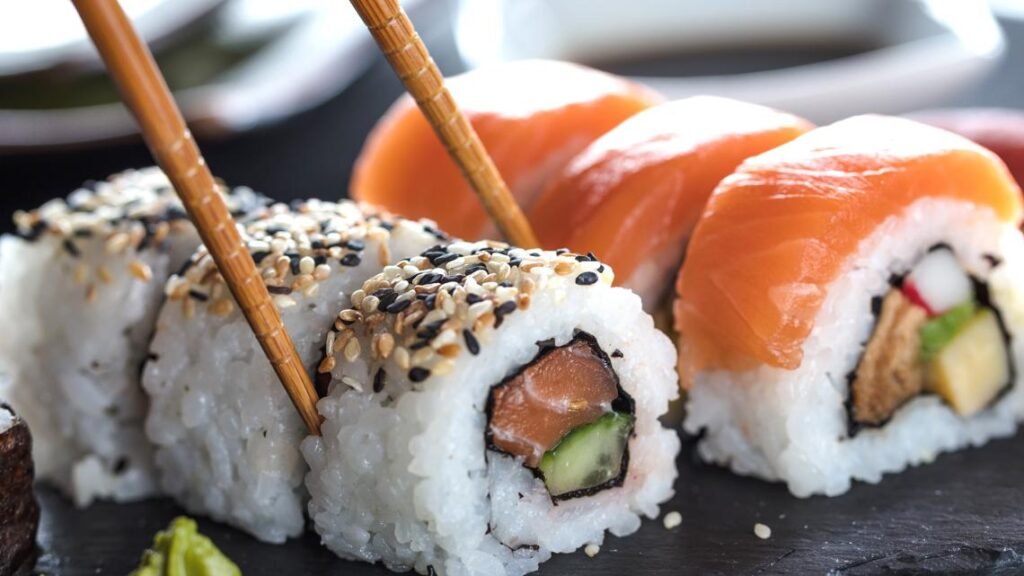A Texas company is changing how 10,000 businesses serve customers, and Houston restaurants are leading the charge.
HOUSTON — If you’ve noticed more robots gliding through Houston restaurants lately, you’re not imagining things. From trendy eateries to local chains, automation is showing up at your table—sometimes literally.
Take Kura Revolving Sushi Bar, for example. There, sushi arrives on a conveyor belt, while a robot waiter named Keti delivers drinks straight to your table. It’s a dining experience with a side of sci-fi.
Meet the bots behind the meal
The robots at Kura are developed by RobotLAB, a Texas-based company headquartered in Dallas. CEO Elad Inbar says the goal isn’t to replace human workers—but to support them, especially during a time when labor shortages are hitting the restaurant industry hard.
“In this restaurant, they’re only serving,” Inbar explains. “The servers can basically choose the table number, hit start, and off [the robot] goes. There’s no programming or coding—anyone can operate it.”
RobotLAB’s machines are now operating in more than 10,000 businesses across the U.S., handling tasks like food and drink delivery, helping in the kitchen and even cleaning the floors.
Not just a gimmick—a gap filler
Inbar says their robots are stepping in where staffing shortages have left big gaps.
“Every business owner we talk to—we ask them, ‘What’s your labor situation?’ And we get rolling eyes. Don’t get me started,” he adds.
Customers are warming up to it
For diners like Alejandra Rivera, the robot servers are no longer surprising.
“We are [used to it], I think so. It’s kinda like they’re just there now,” Rivera said while finishing her lunch.
Asked if she’d want one of these bots helping out around the house, she didn’t hesitate.
“That would be awesome. Like Rosie from The Jetsons,” she laughed.
And in restaurants like Kura, where conveyor belts, robot waiters, and sushi combine into a surprisingly seamless experience, the future feels less like a threat—and more like good service.
